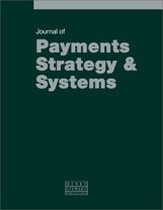The development of a regional payment system in Central America: A step towards further integration and economic development
Abstract
Closer cooperation between neighbouring countries has throughout the ages been part of their respective political agendas. In many regions of the world, the desire to create efficient economic spaces, and eventually perhaps even political union, has been one of the driving forces behind political and institutional frameworks created in pursuit of such goals. Often, such goals have suffered setbacks, delays, changes in orientation, but also progress. The central banks of Costa Rica, the Dominican Republic, El Salvador, Guatemala, Honduras and Nicaragua — through their joint organisation, the Central American Monetary Council (CMCA) — have recently inaugurated the regional interlinked payment system known as the SIP (Sistema de Interconexión de Pagos de Centroamérica y República Dominicana). The SIP is the framework for the interlinking of the region’s payment systems, allowing for cross-border ‘electronic funds transfers’ between participants without the need for corresponding banking relationships with institutions inside or outside the region. The system is the result of a broad programme for financial infrastructure development in the region, which was formally initiated in 2004. This represents a large step forward towards further integration in the region. This paper offers an overview of the goals and practical functioning of SIP and the various steps leading up to its implementation within the context of regional integration.
The full article is available to subscribers to the journal.
